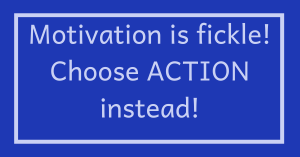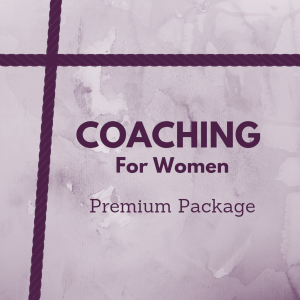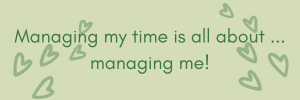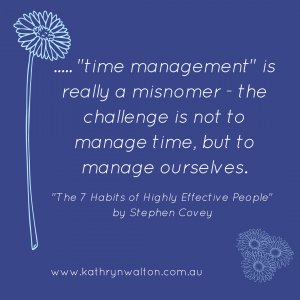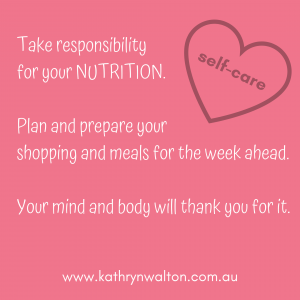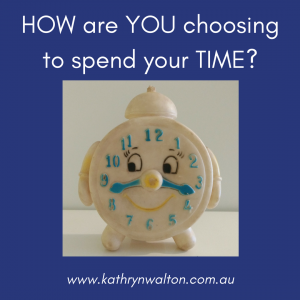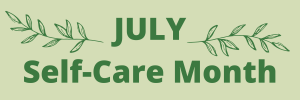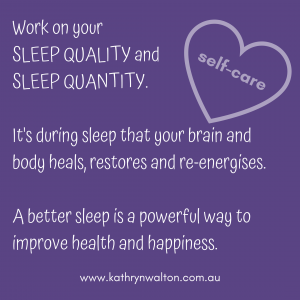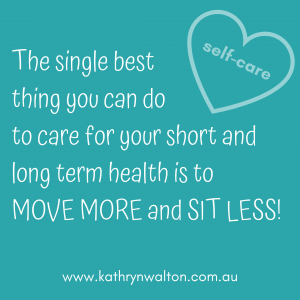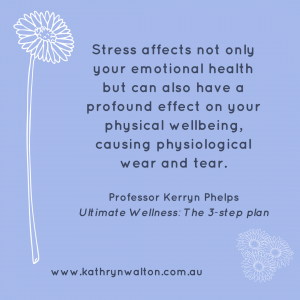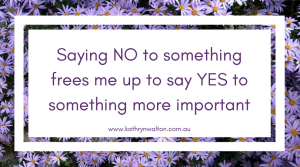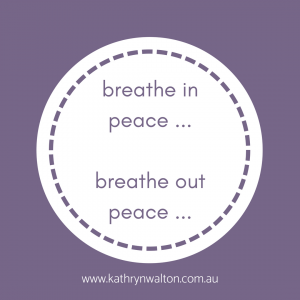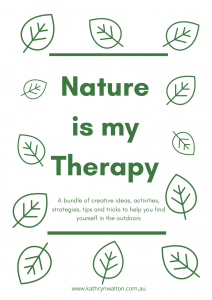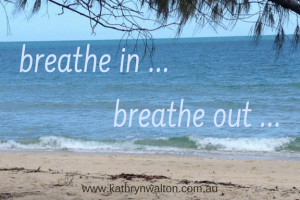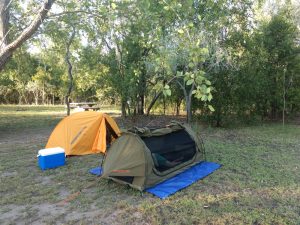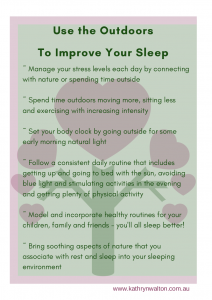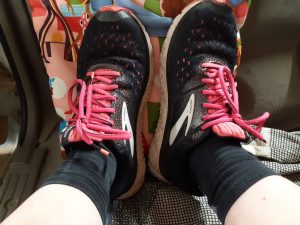I’ve been spending a lot of time reflecting on how valuable nature is in my life and this article is to inspire you to think about how you can connect with nature to enjoy the many benefits that are freely available for your health and wellbeing.
You might be called to connect with nature by going on epic adventures off the beaten track far from the cities and towns. Or you might connect with nature in ordinary everyday ways such as the choices you make about what to eat for lunch, how to relax in the evening, how to spend your time with a friend, or how to decorate your sideboard. It’s entirely possible to connect with nature in ways that will improve your health and wellbeing that don’t even require you to be outdoors. And it’s important to remember that the way you connect with nature might be different to how others in your family or workplace or group of friends connect, and that’s completely okay.
Nature has always been essential
Throughout time and all over the world, nature has played an essential role in human health and wellbeing. Think about the lifestyle that your grandparents, great grandparents and previous generations lived.
In our modern way of living, many of us spend our days, and nights, inside buildings with straight edges, artificial light and air conditioning. Of course there are many advantages to this. You’re protected from the sun, rain, storms, heat and cold. We feel safe in our homes and workplaces (mostly). But it does lead us into a lifestyle that’s largely disconnected from nature unless you make conscious efforts to reconnect. I believe it’s vital to be connected with nature because we are, essentially, an integral part of nature.
The natural world has an amazingly holistic way of supporting humans
PHYSICALLY you can move and breathe deeply in the outdoors. There are physical challenges that support your growth as children and as adults – trees and mountains to climb, rocky or sandy ground to feel beneath our feet, fields to run through, places to play hide and seek, dirt to dig in, water holes to splash in. All these activities help your co-ordination, body awareness and control and sensory development. And then there are the other aspects of physical health like fresh food grown in the soil – that’s so important too!
MENTALLY nature presents interesting challenges that keeps your mind active with problem-solving, creativity and reasoning. There are opportunities to focus attention in nature and opportunities to relax and de-stress.
EMOTIONALLY nature is an ideal space for many people to feel nurtured, to experience a sense of renewal and emotional healing. There are many studies on nature that have identified some of the reasons for this and we’ll explore some of these in other blog posts. But it’s worth noting here that bringing an attitude of mindfulness to your time in nature opens up a whole host of benefits for your emotional health.
SPIRITUALLY nature supports you to make connections between your external and internal worlds. When you spend time in nature and intentionally bring your attention to your surroundings, something wondrous happens. You experience a sense of awe and respect for the natural world around you and inside you. It changes your relationship with the world you live in and with yourself.
Physically, mentally, emotionally and spiritually we all benefit from connecting with nature. But there are other ways you can benefit too.
Nature’s lessons
When you take the time to reflect, even the hardest life lessons are mirrored in nature. There are opportunities to learn about and incorporate the strategies you need to manage challenging times. After bushfires there comes new growth. At first it’s incredibly small but it’s there and it gradually grows. You can learn about patience, persistence, commitment and hope. Grief and loss is intimately connected with birth and growth. Things that don’t make sense in your logical mind can make sense when you experience them in the outdoors for yourself.
Be active or be still … nature doesn’t judge you!
One of the things I love most about nature is that she doesn’t judge anyone who ventures into her world, but she does give your inner child permission to run, skip, climb, jump, twirl, dream and ….. to be still. I challenge you to try it for yourself. Spread your arms wide and look up at the sky with a big smile on your face, breathe deeply and move your body just as you want to.
Or be still. So still that you can feel your heart beating and your breath at the tip of your nostrils. Still enough that you notice the delicate aromas around you, hear the trees whispering to each other and feel the breeze in your hair. Do you notice any judging from the trees or the birds or the breeze? Where else do you experience that kind of freedom? Nature truly is a place to feel fully alive whether it’s through stillness or activity.
Nature talks to you
I also believe that nature has ways of talking to you. Not in the usual way that you’re reading my words right now or if you were to listen to my podcast. Nature has a sym bolic language that needs no spoken or written words. You simply need to be there, immersed in a natural environment or in the presence of one of nature’s many gifts to feel supported, connected, understood and process your inner and outer life. As you observe, listen, smell, taste and touch your natural surroundings, you’ll discover wisdom there that can’t be explained with words. The rough bark of the tree reminds you of the tough shell you show the rest of the world. The pebble symbolises the strength and resilience you have. And the wispy clouds blown across the sky remind you that nothing stays the same.
bolic language that needs no spoken or written words. You simply need to be there, immersed in a natural environment or in the presence of one of nature’s many gifts to feel supported, connected, understood and process your inner and outer life. As you observe, listen, smell, taste and touch your natural surroundings, you’ll discover wisdom there that can’t be explained with words. The rough bark of the tree reminds you of the tough shell you show the rest of the world. The pebble symbolises the strength and resilience you have. And the wispy clouds blown across the sky remind you that nothing stays the same.
How I connect with nature
For myself nature has a habit of calling me into her arms each day, reminding me that I’m part of a much bigger world. I spend some time most days walking, bushwalking, riding a bike, in the garden or simply pottering around the yard. Sometimes I have wonderful adventures on multi-day walks.
Some days I stay mostly indoors because I’m too hot or the flies irritate me too much. But I can always be with my pot plants on the verandah, watering them, talking to them, and nurturing them. I have sea shells and potted plants in the bathroom that remind me of the vast oceans and the rainforests. My big windows let the natural light in and capture my attention when the cockatoos fly over or a storm is on the range. I hear the birds setting off their alarm calls in the neighbourhood as a goanna prowls the paddock. And the poem about nature that I listened to in my morning meditation repeats its calming words in my mind as I go about my day.
How do you connect with nature?
However you connect with nature, whether it’s time in the great outdoors or with nature’s gifts indoors, you can be reminded that you’re never alone and that nature’s embrace is always there for you.
You can use your imagination to visualise yourself in nature even when you can’t physically be there. Picture yourself at the beach breathing deeply in and out, being one with the waves as they glide across the sand. In the forest in your mind you can reach out to touch the rough bark of an iron bark tree, and recognise your own strength and resilience. Or you can find yourself walking across a dry pebbly creek bed and know that the challenges of today will become a strong path for you to walk on tomorrow.
You are nature
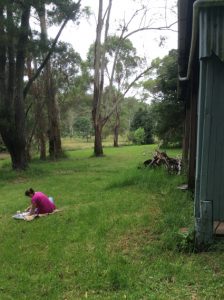 You are part of nature. I am part of nature. And nature is in both you and me.
You are part of nature. I am part of nature. And nature is in both you and me.
I invite you to take a moment to think of the ways that you already connect with nature in the outdoors as well as indoors.
And what new way would you like to connect with nature this week so that you continue to strengthen your health and wellbeing – your physical, mental, emotional and spiritual health?
Connect with me!
I always love to hear from you. Join my Grounded Inspiration newsletter or send me a message.
We’re sharing more ideas over on our private Outdoors is my Therapy Facebook Group so I’d love to connect with you there too!
You can also listen to the podcast episode that goes with this article!
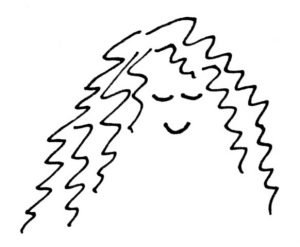 Discovering mountain biking as life’s ultimate parallel universe in her middle age, Kathryn Walton shares information and reflections that inform, inspire and empower women to a healthy and active lifestyle.
Discovering mountain biking as life’s ultimate parallel universe in her middle age, Kathryn Walton shares information and reflections that inform, inspire and empower women to a healthy and active lifestyle.

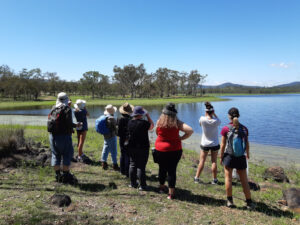
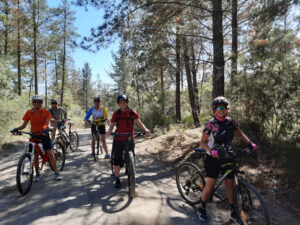
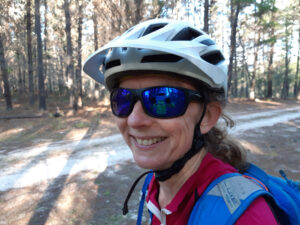
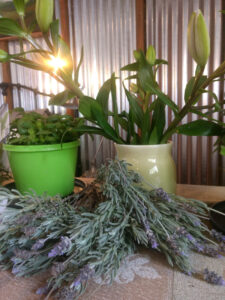
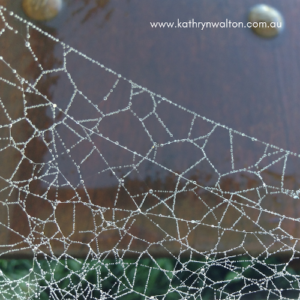
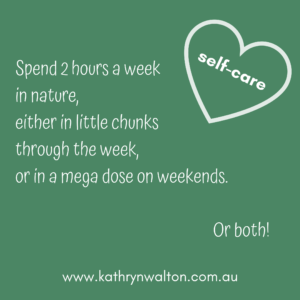


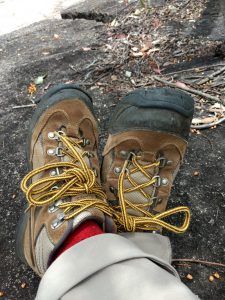
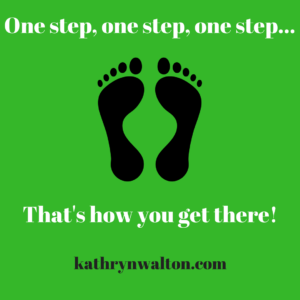
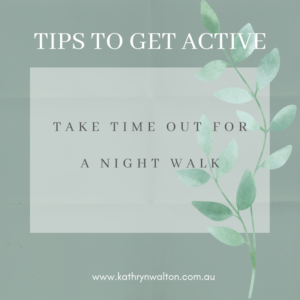

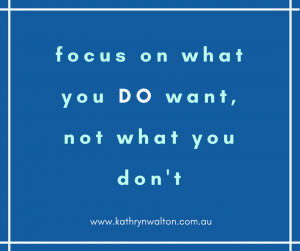
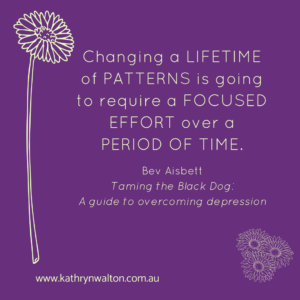
 Kathryn Walton shares information and reflections in Daisy Spoke that connect, inspire and self-empower women to make healthy choices for themselves.
Kathryn Walton shares information and reflections in Daisy Spoke that connect, inspire and self-empower women to make healthy choices for themselves.